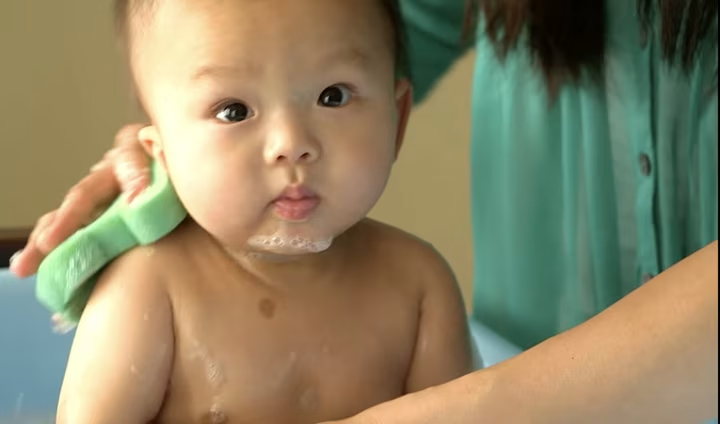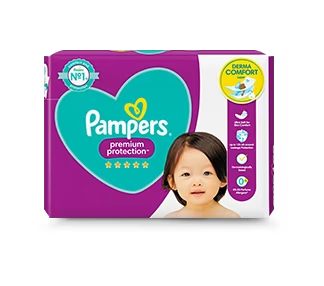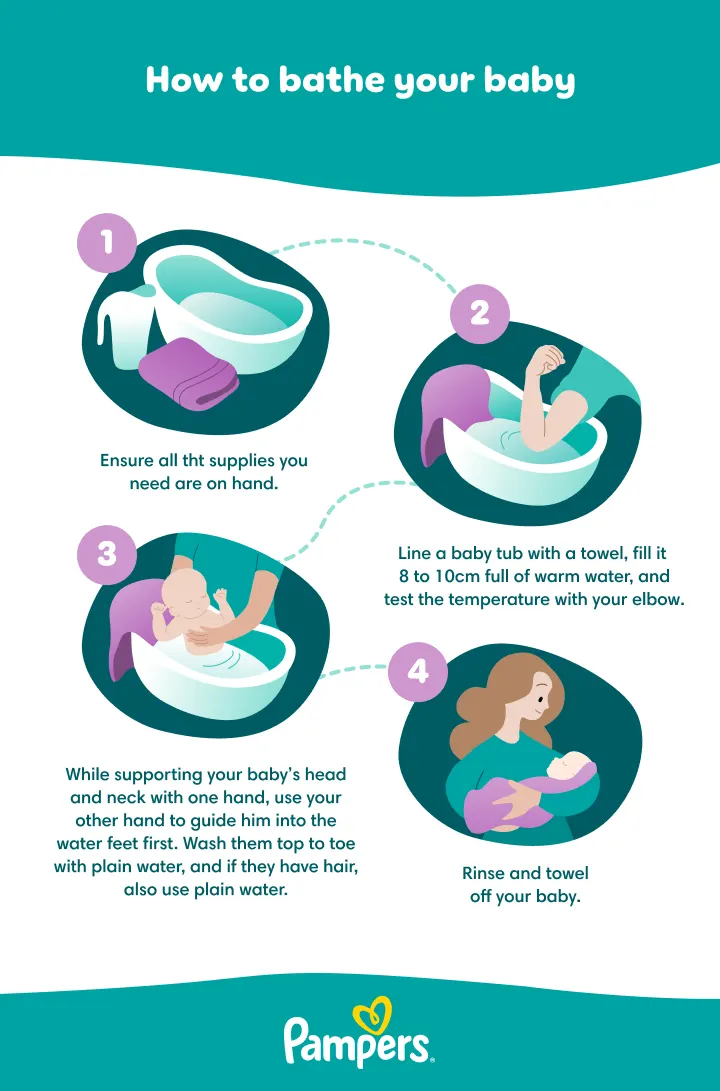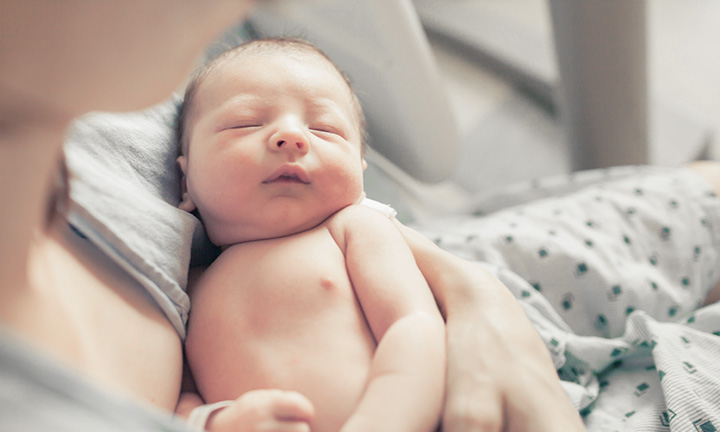
Bathing for Newborns: Your Infant's First Bath
Unsure where to begin with your newborn's first bath? You're not alone, and you're in the right place. Bathing a baby for the first time can feel daunting, but it needn't be.
This bathing for newborns guide provides clear, step-by-step guidance on sponge baths, water temperature, umbilical cord care, and building bath time confidence. For more tips, see newborn care tips.
Here’s what you’ll learn:
Continue reading for practical, reassuring guidance on bathing for newborns, from preparing a safe space to gentle cleaning and drying.
When to Bathe Your Newborn?
You may wonder when you should bathe a newborn for the first time and whether it's recommended to use sponge baths or bathe your baby in a baby tub or sink. According to the WHO (World Health Organisation), it’s best to wait at least 24 hours after birth before bathing your baby.
In terms of when to give that first official bath, it’s up to you! You may like to wait a few days and just give ‘top and tail’ cleanses in those first few days instead of proper baths, but you might also like to start a bathing routine as soon as you bring your baby home.
How to Bathe a Newborn
First-time baths for a newborn can feel daunting, but you’re not alone. If you’re unsure how to wash your infant or simply want a bit of guidance, this clear, step-by-step guide will make it straightforward. From setting up the space to washing and drying your baby, each step is gentle, safe and soothing for you both.
Ready to go? Here’s how to prepare and what to expect.
Gathering Supplies and Preparing the Room
When the time comes, it’s important to be prepared, so make sure the room is warm enough and get everything ready before you start giving your baby a bath:
In the newborn's first month, avoid soap for newborns altogether and rely on plain water. So, when can you use soap on a newborn? After the first month or so, your baby’s skin will develop its own protective barrier. Even then, an emollient cream might be better than soap, especially for areas of dry skin. Unlike soap, emollients won't dry out the skin, and they also add an extra layer of protection.
Any products you use to wash your baby should be mild, alcohol-free and non-perfumed, without artificial colouring. Always use baby soap and skincare products sparingly - even a tiny amount usually goes a long way.
A Baby’s Bath Temperature
Your baby's bath water temperature should be warm, neither too hot nor too cold; the NHS recommends a newborn bath temperature of 37 to 38 degrees. Test it by using your elbow and ensuring it feels the same temperature as your body.
Add the cold water first before topping it up with hot water and testing it with your elbow. Mix the water to ensure there are no hot patches. Fill the tub with about 8 to 10 cm of water.
How to Hold Your Baby Safely
Holding your newborn securely during a bath helps them feel safe and gives you confidence. Cradle their head and neck with your spare hand, while the other washes their body. If you’re using a baby bath, keep one hand on your baby at all times and never leave them unattended.
Step-By-Step: Washing and Drying
Wondering how to wash a newborn or how to make your newborn's bath routine feel easier?
Follow these simple steps for a safe, soothing experience:
Step 1.
Hold your newborn on your lap and clean their face with wet cotton wool. Start at the nose and move outwards, cleaning around the eyes. Use a fresh piece of cotton wool for each eye, and another for cleaning around each ear.
Step 2.
Support your baby over the bath or bowl and carefully wash their hair (if there is any) with plain water from your cupped hand.
Step 3.
Gently dry your little one’s hair (or head), then remove the nappy and wipe away any poo.
Step 4.
Now, with one hand holding the upper arm and supporting the head and shoulders, lower your baby gently into the bath.
Step 5.
Keep your infant’s head (and umbilical cord stump, if it hasn’t fallen off yet) clear of the water, and gently swish water over your baby’s body with your free hand. You might like to use a small sponge for this.
Step 6.
Carefully lift your baby out of the bath and pat them dry with the other towel. Take care to dry in all the creases and folds of the skin.
Step 7.
If you forget something, always lift your baby out of the water and take them with you. Never leave them unattended.
And for extra care during this stage, Pampers Premium Protection New Baby nappies are specially designed with a navel-friendly shape to protect your baby’s umbilical cord area while it heals.
How Often Should You Bathe Your Newborn?
You may be surprised to learn that your newborn doesn’t need bathing every day – although that’s fine too, if they really enjoy it. If your baby has developed nappy rash, you may be advised to bathe them once a day until the rash clears up.
Otherwise, two or three bath times a week is enough, as long as you give your baby a daily clean-up of the face, neck, hands and bottom (known as ‘topping and tailing’), and thoroughly clean the nappy area at each nappy change.
There isn’t a fixed moment for a baby’s first proper bath; you decide what fits your family best. Some parents opt to wait a couple of days, sticking to quick ‘top and tail’ cleanses in the meantime, while others prefer to start a gentle bath routine as soon as they arrive home with their little one.
When Is the Best Time of Day to Bathe Your Baby?
There isn’t one perfect moment to bathe your baby; the best time is whatever fits your day. Look for a moment when you’re unlikely to be interrupted and your baby is settled. Bathing during the day can work well, as babies tend to be more wakeful then. Or you could weave bath time into your baby’s bedtime routine.
If you plan to bathe your baby after a feed, wait a while to ensure their tummy has had a chance to settle.
When to Start Bathing a Baby Daily
Newborns typically don't require daily baths, and washing each day can strip moisture from their skin. As your baby grows and begins to enjoy the water, and tends to get messier as the day wears on, you might include baths in your daily routine.
Can You Bathe Your Baby While the Umbilical Cord Stump Is Still Attached?
You can give your baby a shallow bath while their umbilical cord stump is still attached; however, you might prefer topping and tailing (sponge bath) to a ‘proper’ bath in the first few days after your baby is born, until you feel more confident about handling your newborn and looking after the umbilical cord stump.
Topping and tailing is as simple as wrapping your baby in a towel, holding them on your knee or a changing mat, and wiping them with a damp washcloth and water. Start with gently cleaning their face, before moving on to their neck, hands and nappy area. You can use cotton wool to gently clean around the umbilical cord stump.
The umbilical cord stump typically falls off in a few weeks. If it stays on longer, you might want to check with your baby’s GP or health visitor.
You’ll want the umbilical cord stump to dry up and fall off on its own, which is why top and tailing is recommended until that time.
Can You Give Your Baby Bath Toys?
Keep in mind that for newborns, you don’t need any bath toys at all, as splashing around in the water will be enough entertainment during bathing for newborns. As your baby gets older, you can add some floating baby toys or even waterproof books to keep them occupied.
More Baby Bath Time Tips
FAQS AT A GLANCE
Gently wash one area at a time with a warm, damp cloth and plain water. You might prefer starting with 'top and tailing' your newborn while the umbilical cord stump is still attached. Hold them on your knee in a towel, or support them in a shallow tub. Speak softly and handle your little one with care, keeping them warm and cosy throughout.
The Bottom Line
It can take a bit of practice, but bath time could soon become one of the highlights of the day for you, your baby and even the whole family. As your child starts to enjoy splashing around in the bath, at some point it may become more like playtime than bath time.
And since you’re already handling all those nappy changes, why not get rewarded along the way? Download the Pampers Club App, and for every nappy purchase, you’ll earn rewards.
The information in this article is based on the expert advice found in trusted medical and government sources, such as the National Health Service (NHS). You can find a full list of sources used for this article below. The content on this page should not replace professional medical advice. Always consult medical professionals for full diagnosis and treatment.
Read more about Newborn Baby
Related Articles
Join Pampers Club and get:









